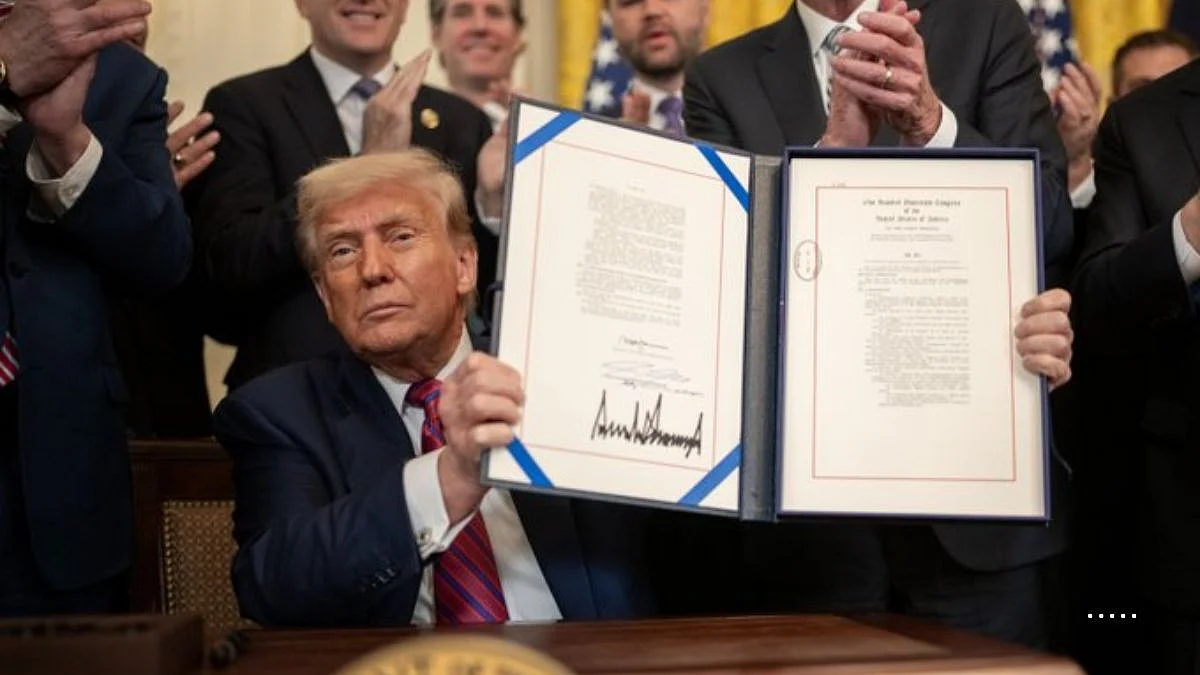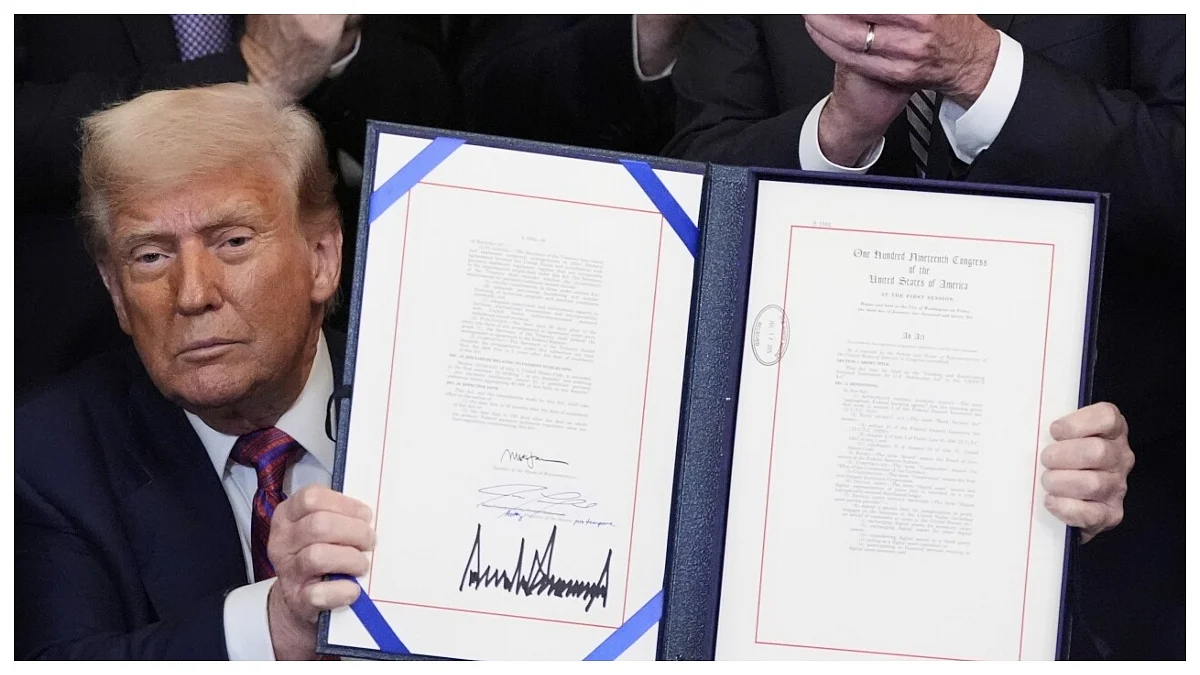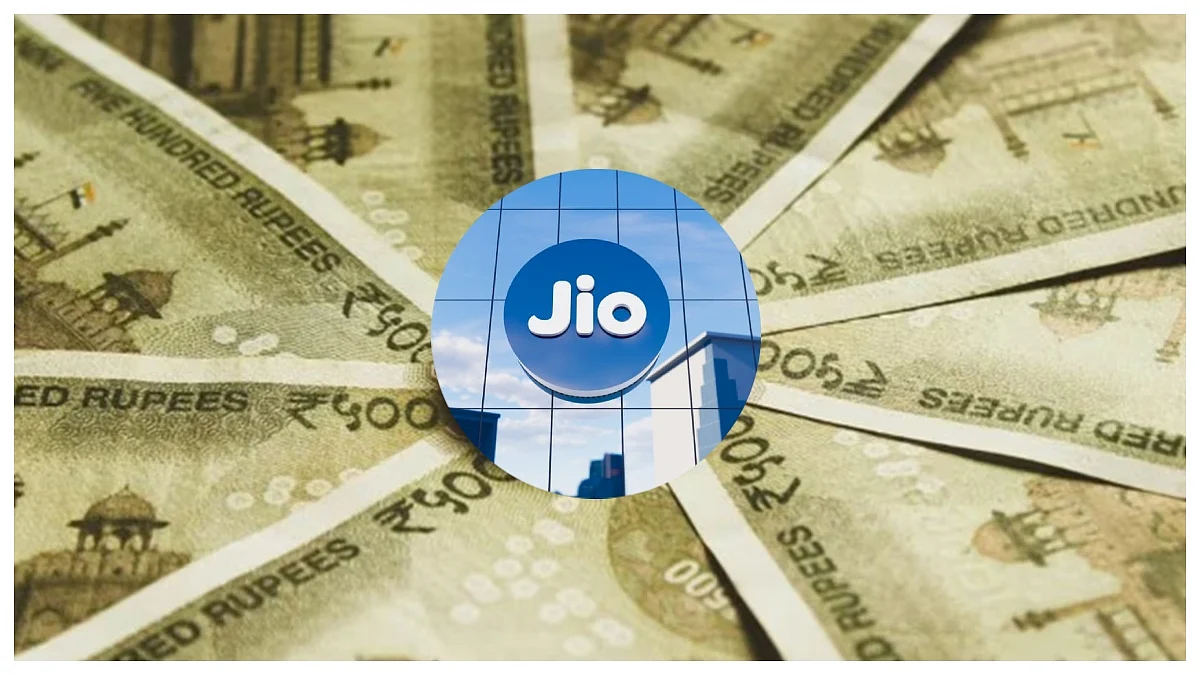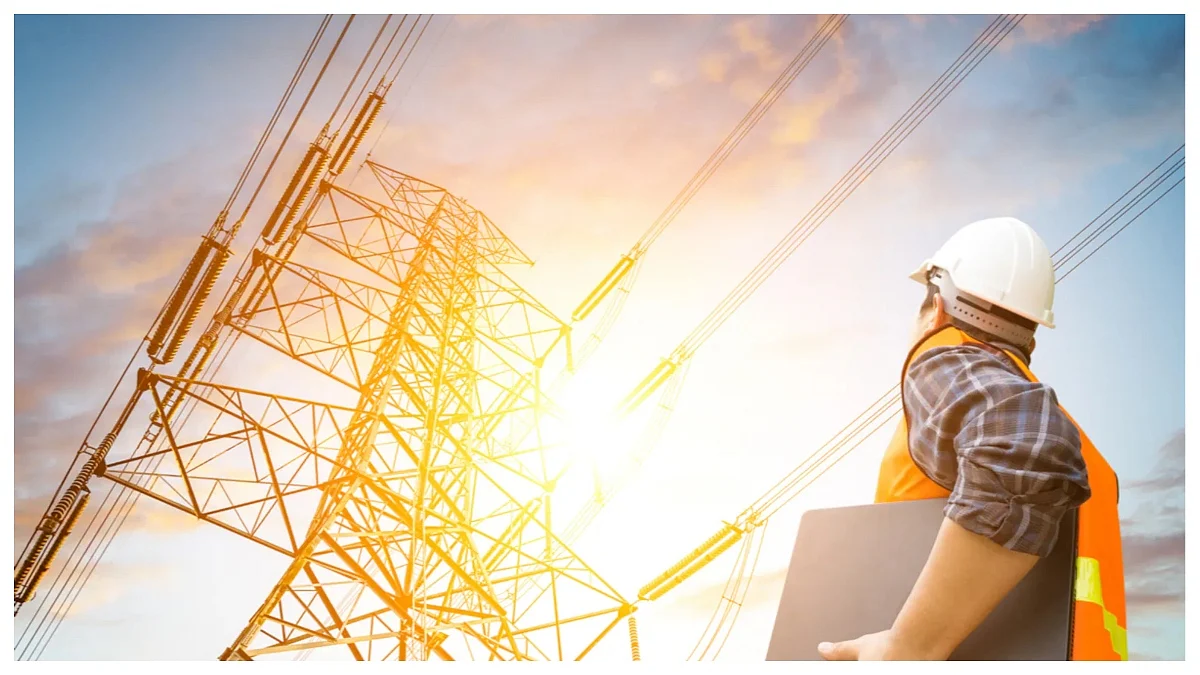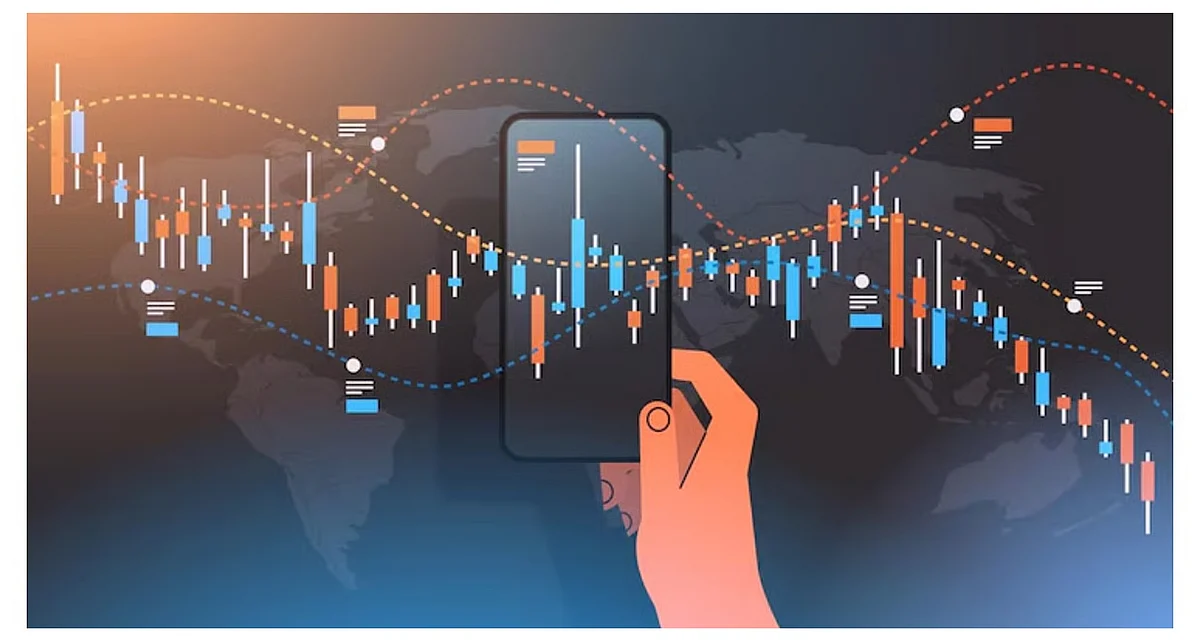India will celebrate its 78th Independence Day on Thursday, August 15. The nation gained independence from British colonial rule on this day in 1947. Here's a brief overview of the progress made since then in a few key economic and social indicators for the nation, including GDP, per capita income and literacy rate.
GDP (gross domestic product)
India's GDP was not formally recorded in 1947, but according to British economist Angus Maddison's estimation, the country's contribution to global income in 1950 was a mere 3 per cent. By contrast, the World Economic Forum estimates that India's contribution to the world economy in 2023 was recorded at 16 per cent.
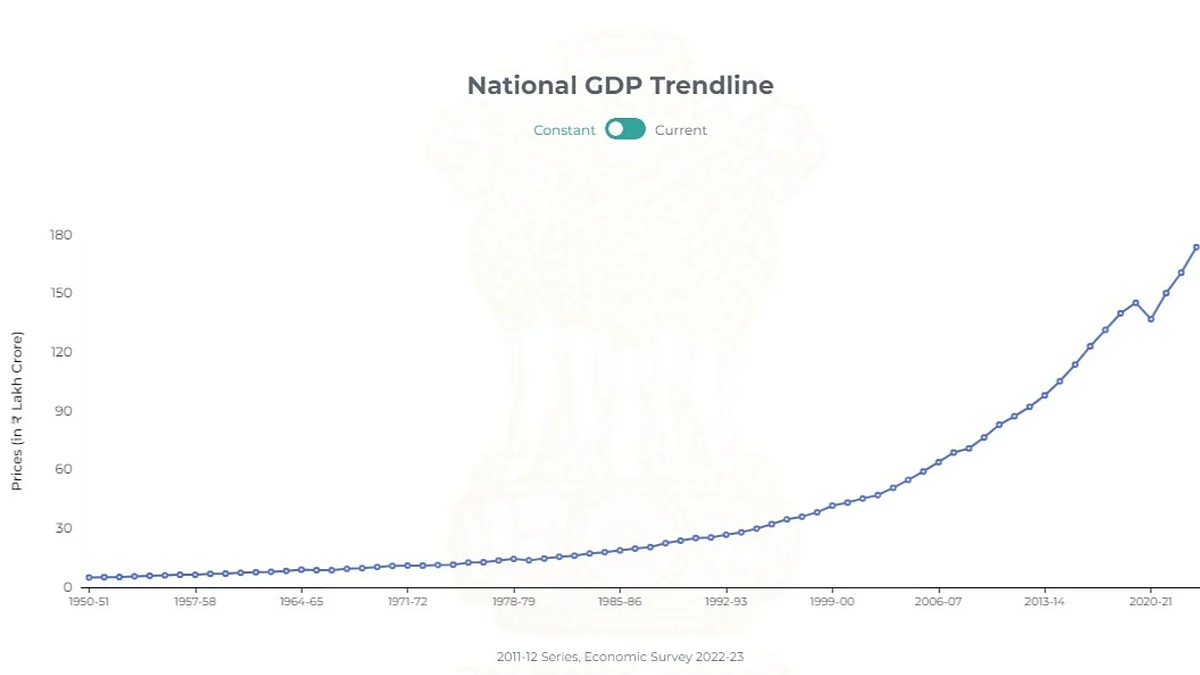
Based on information provided by the leading think tank at the Center, Niti Aayog, India's GDP at constant prices was Rs 4.97 lakh crore in 1950–51. In 2023–2024, it increased to Rs 173.82 lakh crore.
People under poverty line
In 1956, the Planning Commission, which was the forerunner of Niti Aayog, was led by BS Minhas, a member who estimated that approximately 215 million people, or 65 per cent of the population, lived below the poverty line. This was the first official record of poverty in the nation.
The poverty line was defined as having an annual income of less than Rs 220. After about 70 years, India has seen a major decline in poverty. SBI Research published a study that included the most recent data and stated that the poverty rate was between 4.5 per cent and 5 per cent.
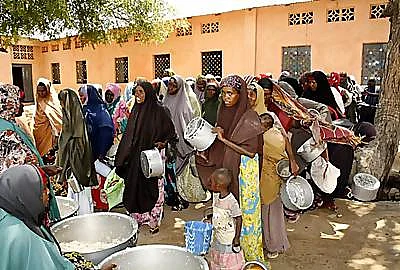
Considering that there are approximately 140 crore people living in India, the number could be approximately 7 crore. According to the report, the poverty line is estimated to be Rs 1,929 (monthly income) in urban areas and Rs 1,622 in rural areas.
Growth in literacy rate
The first formal literacy data collection took place in 1951. The official figures for that year's literacy rate were 18.66 per cent.
The Indian government releases the literacy data concurrently with the Census. When the last Census was taken in 2011, 74.04 per cent of people were literate.

Per capita income
According to data shared by Business Standard, in 1950, India's per capita income was as low as Rs 265. However, the per capita income for the previous fiscal year was Rs 2.12 lakh, as noted by Chief Economic Advisor V Anantha Nageswaran during the recent presentation of the Economic Survey 2023–24.
Consequently, compared to the per capita income of 1950, the current income, at Rs 2.12 lakh, represents an 800-fold increase.


